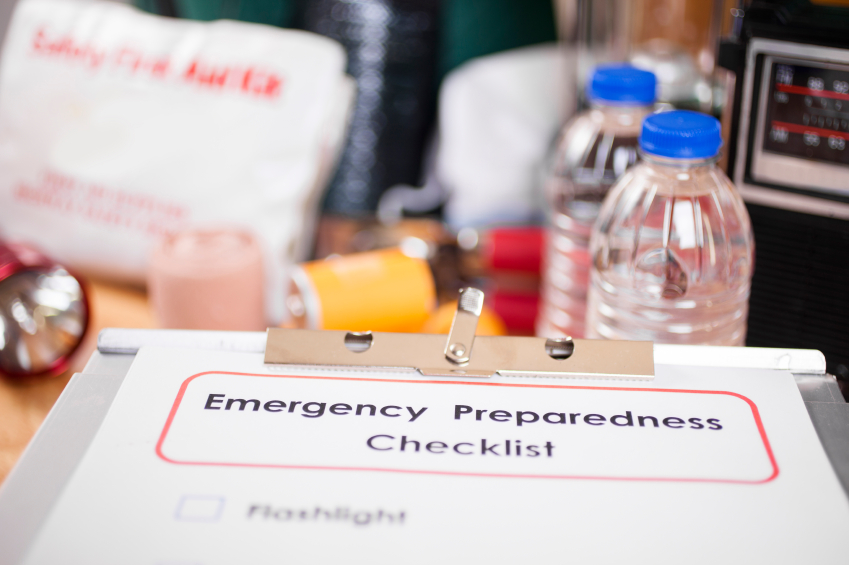Tips for Developing a Church Emergency Communications Plan
It’s a sad reality, but these days churches need to have emergency plans in place, both for your own congregation and for the local community. In addition to standard evacuation and shelter-in-place plans, you need to have a solid communications plan. Staying in touch with your people during a disaster, severe weather situation or other emergency is vital to keep people safe and calm.
Remember that emergency plans should be based on practicality and have redundancy built in. You want to keep things simple and basic, but also have a backup or secondary option in case your first plan doesn’t work.
Here are some tips to help you develop a church emergency communications plan:
- Contact Information: You should develop contact lists for staff and key leadership. Who needs to be contacted in an emergency? Make these lists practical by making them a part of standard address books. It’d be ideal to have the lists on devices people already carry with them. Build in redundancy with multiple points of contact for each person.
- Contact Systems: Develop a system for contacting staff, volunteers and key leadership during an emergency. You should have at least two ways of reaching people automatically—text message and email would be ideal.
- Congregation Contact: Create a system to reach out to your congregation during an emergency. This should be a practical system you can use on a regular basis, but also something you can access during an emergency. You should also have multiple methods of contacting people, whether it’s text, email, phone or something else. Be especially mindful of members who are elderly, disabled or in need of special assistance.
- Emergency Responders: Finally, how do you communicate with local emergency responders? Designate a point person to contact emergency personnel so you can minimize streams of contact that can be confusing and disruptive in an emergency.
Be sure that multiple people have access to these plans and systems. It’s no good having a system to contact your congregation during an emergency if your pastor is out of town and they’re the only ones with access. You don’t want to give everyone login info, but you might have emergency materials that include the login info.
But again, plan for redundancy. Make sure those emergency plans are in multiple locations. An emergency plan in the church office is useless if the building is on fire. Have a paper copy in the office, but also have the materials online or in some other form that’s remotely accessible during emergencies.
Interested in learning more about using text for church communications? Call us at 800-696-1383 or email tmsales@textmarks.com.

















